Keywords: Jupyter Notebook, Tensorflow GPU, Keras, Deep Learning, MLP, and HealthShare
1. Purpose and Objectives
In previous"Part I" we have set up a deep learning demo environment. In this "Part II" we will test what we could do with it.
Many people at my age had started with the classic MLP (Multi-Layer Perceptron) model. It is intuitive hence conceptually easier to start with.

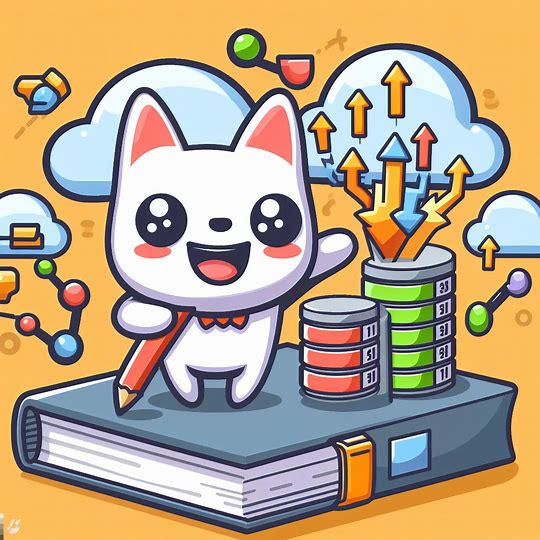


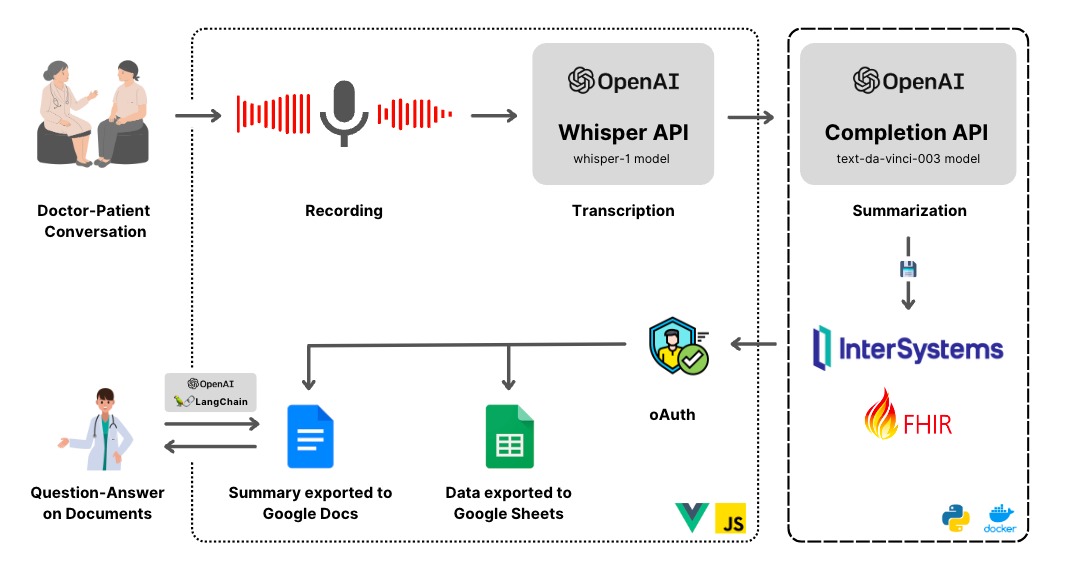
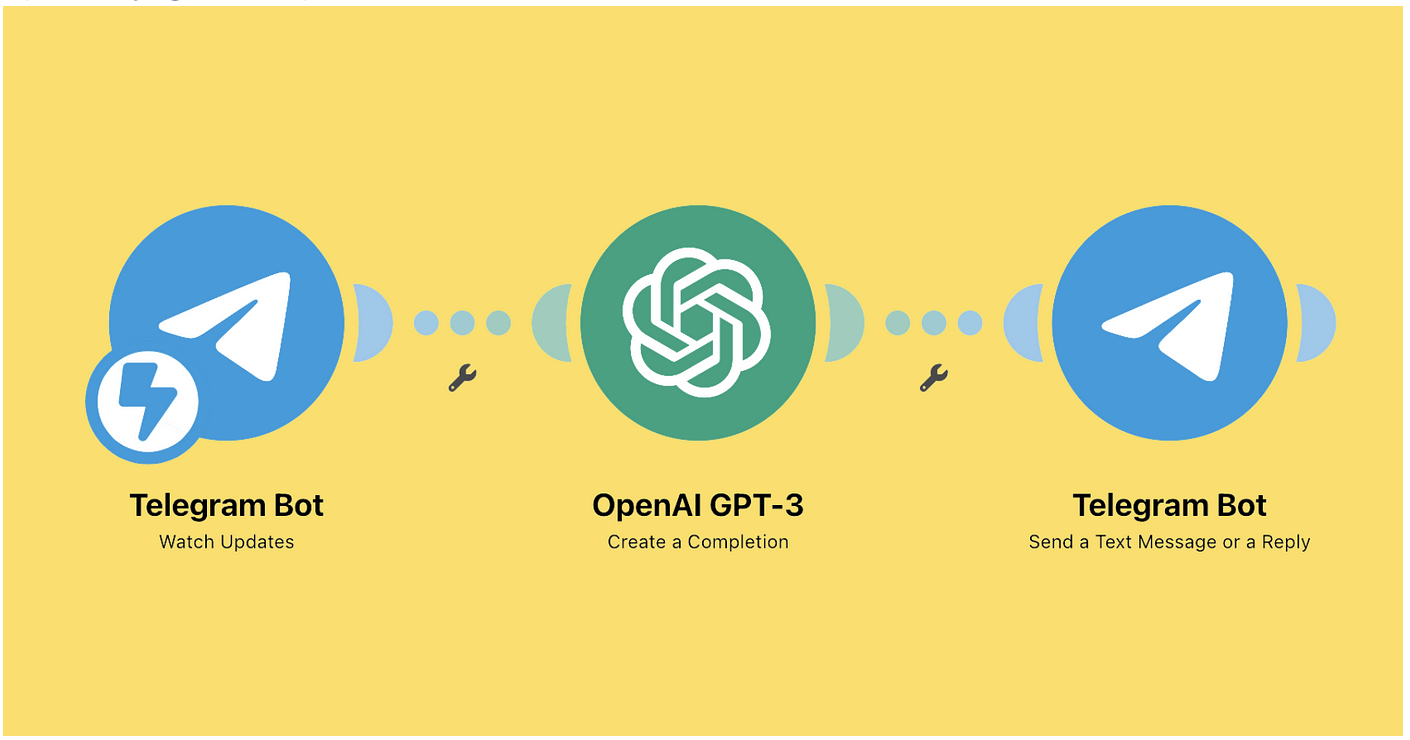
.png)
.png)
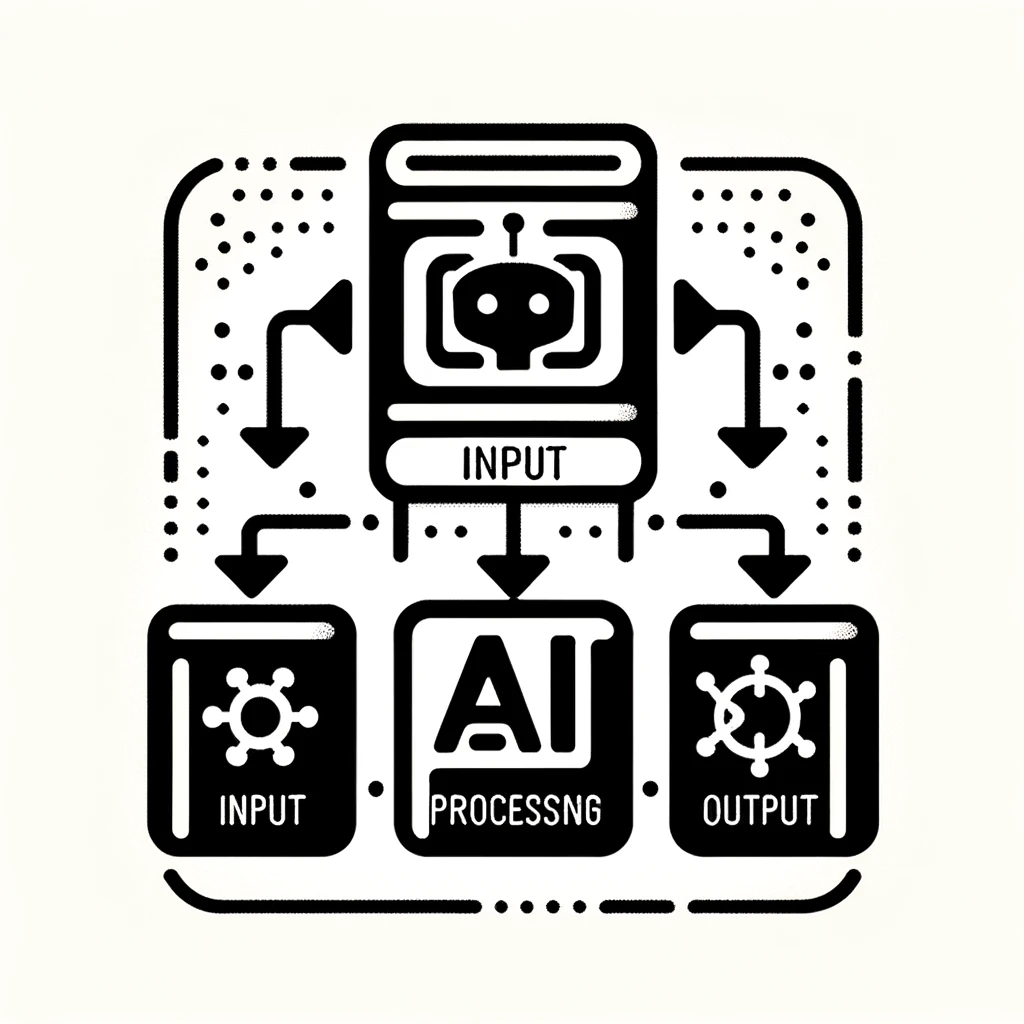
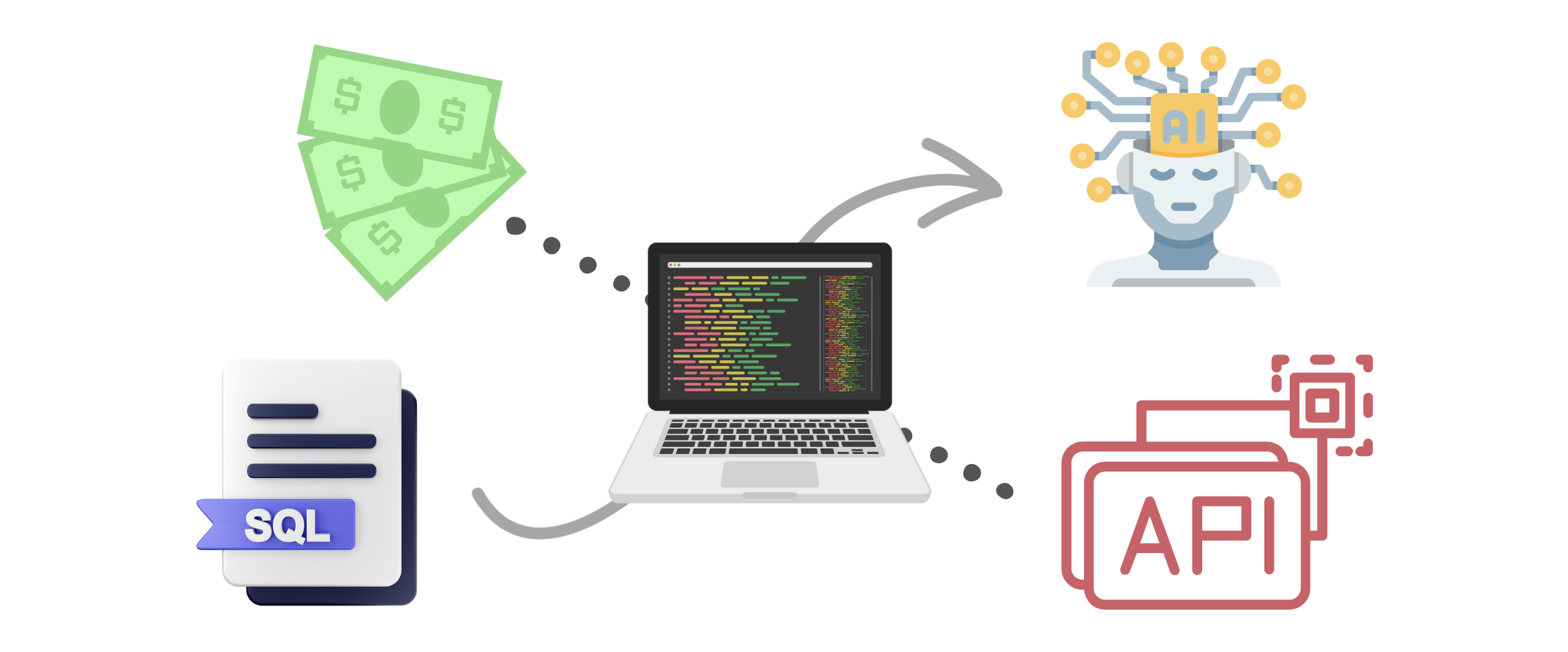

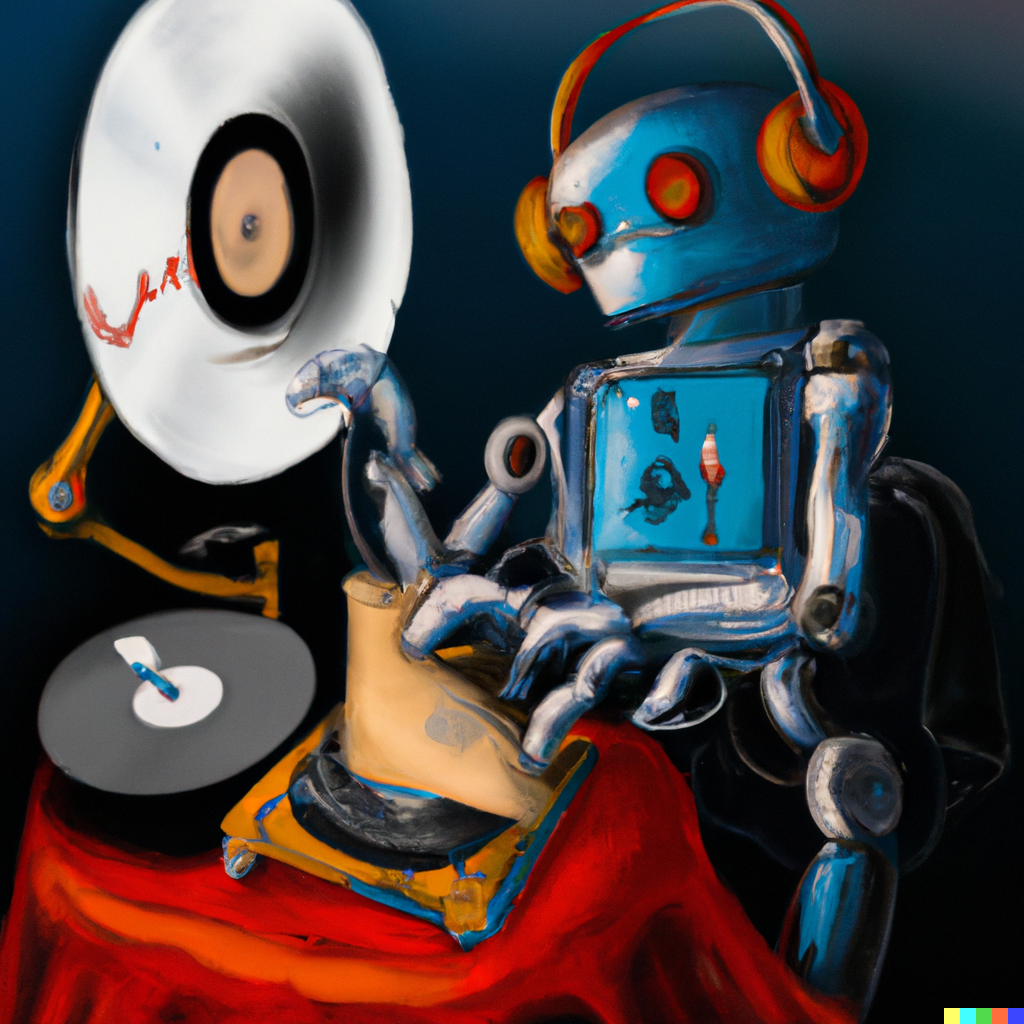
.png)